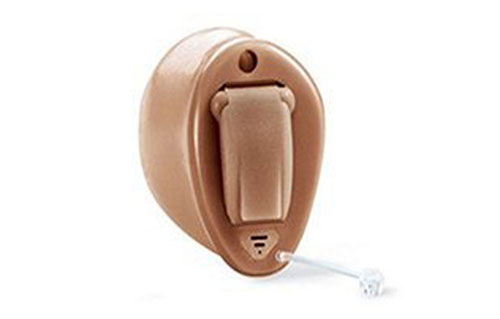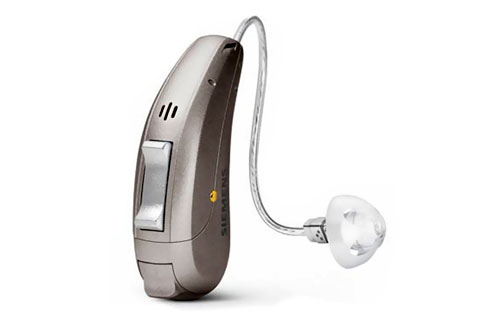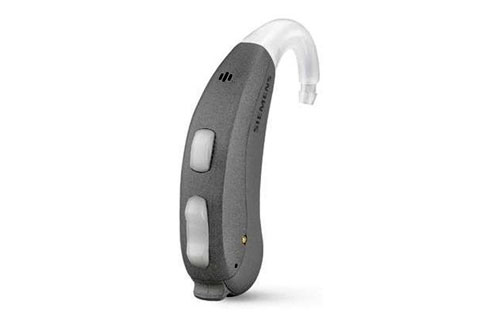
Welcome To SHROBONEE HEARING AID PVT LTD
Buy Original and Feel Confident - SHROBONEE an ISO 9001-2015 Co.
Hearing Aid Price Kolkata Siliguri | SHROBONEE 9830074043, Eastern Region in India.
Choose Best Hearing Machine from Best Hearing Machine Brands -
Digital Technology.
Qualified and experienced professionals fully trained as per RCI professional guidelines.
Maximum Branches of Hearing Machine fitting centers in West Bengal
Post hearing aid fitting follow-up as well as standard maintenance guidelines.
Optimum costing method to minimize hidden / additional costs.
No hiddewn cost in follow up fitting and programming of hearing machine.
One stop solution for hearing machine selling, hearing testing, hearing machine fitting etc.
Latest quality digital hearing machines from wide models variety like small tiny invisible hearing machnes, behind the ear hearing machines, completely in canal hearing machines, body worn hearing machines, receiver in canal hearing machines, tinnitus masker type hearing machines, wireless hearing machines, telephone supporting hearing machines, clear sound generating and speech understandable heraring machines etc.

Signia Invisible / IIC Hearing Aid
Signia invisible hearing aids are customized hearing aids according to individual's ear canal size and Audiogram REport. All Signia IIC hearing aids are equipped with 100 % digital signal processor. Process sound signal digitally with standard features as per individual needs. Suitable for Mild to Modereately Severe hearing loss.

Signia CIC Hearing Aid
Signia Completely In Canal hearing aids are customized hearing aids according to individual's ear canal size and Audiogram Report. All Signia CIC hearing aids are equipped with 100 % digital signal processor. Process sound signal digitall with standard features as per individual needs. Suitable for Mild to Severe hearing loss.

Signia RIC Hearing Aid
Signia Receiver In Canal hearing aids ready to fit digital programmable hearing aids fit according to individual's Audiogram Report . Both Open fit and Classic fit RIC available. All Signia RIC hearing aids are equipped with 100 % digital signal processor. Process sound signal digitall with standard features as per individual needs. IP Standard. Suitable for Mild to Profound hearing loss.

Signia BTE Hearing Aid
Signia Behind The Ear hearing aids ready to fit digital programmable hearing aids fit according to individual's Audiogram Report . Both Open fit and Classic fit BTE hearing aids available. All Signia BTE hearing aids are equipped with 100 % digital signal processor. Process sound signal digitall with standard features as per individual needs. IP Standard. Suitable for Mild to Profound hearing loss
New Arrivals





